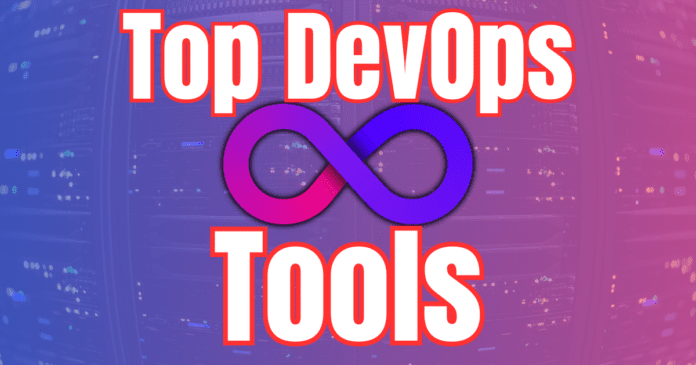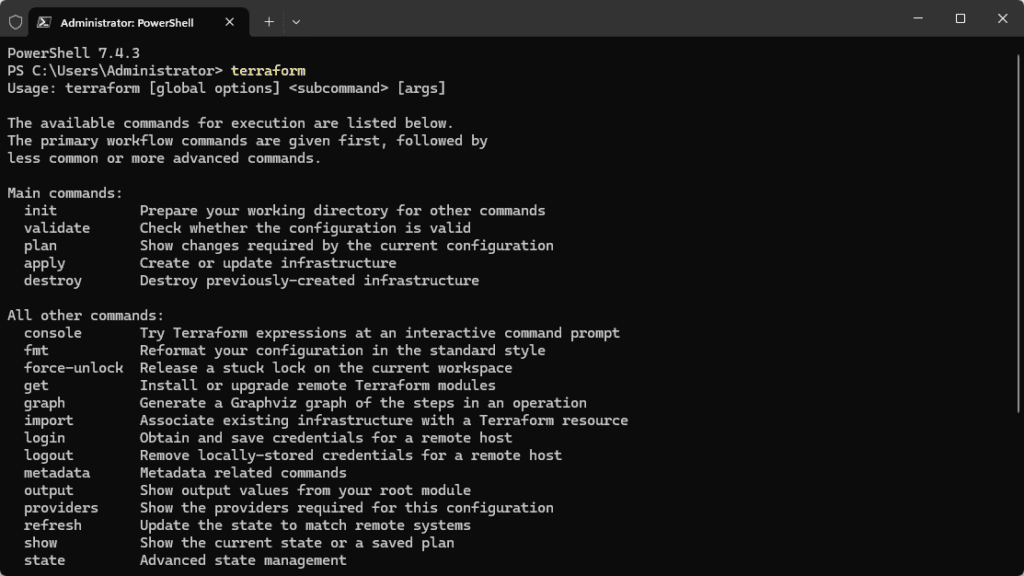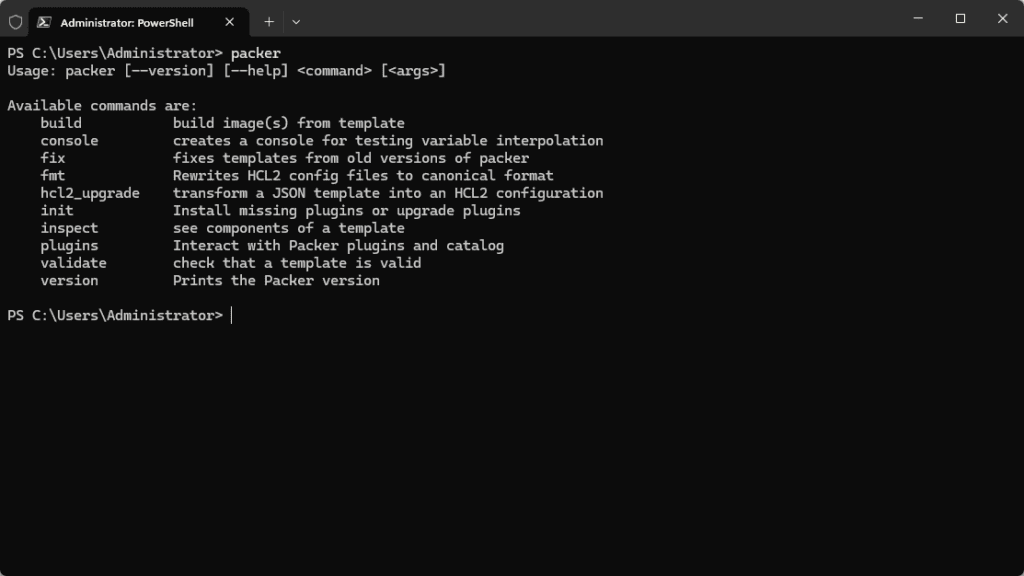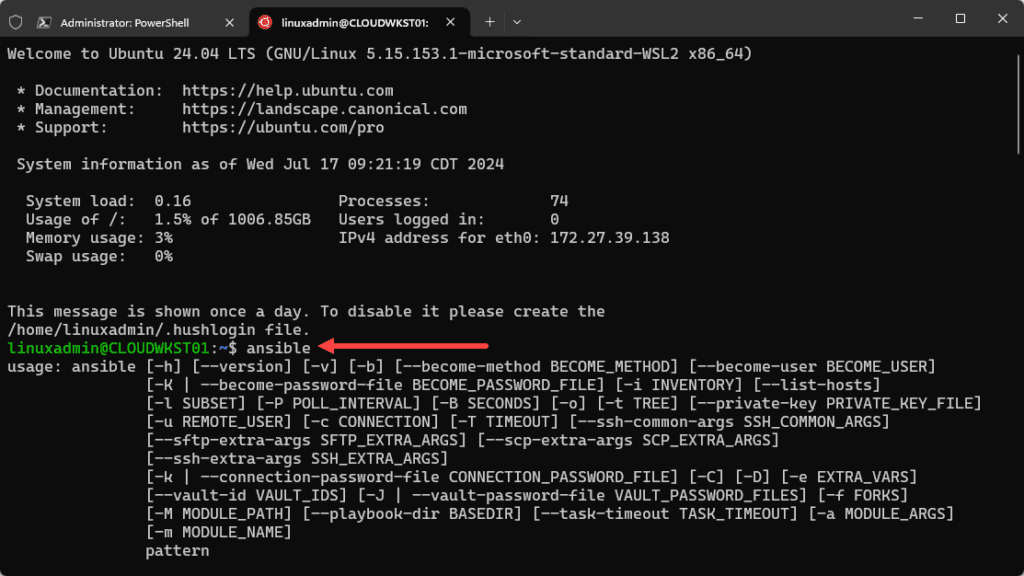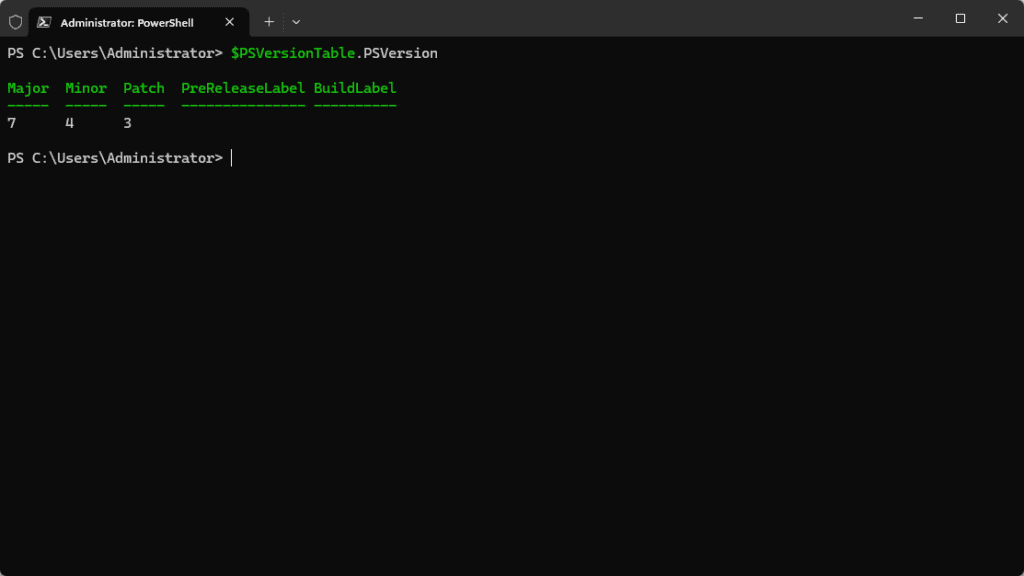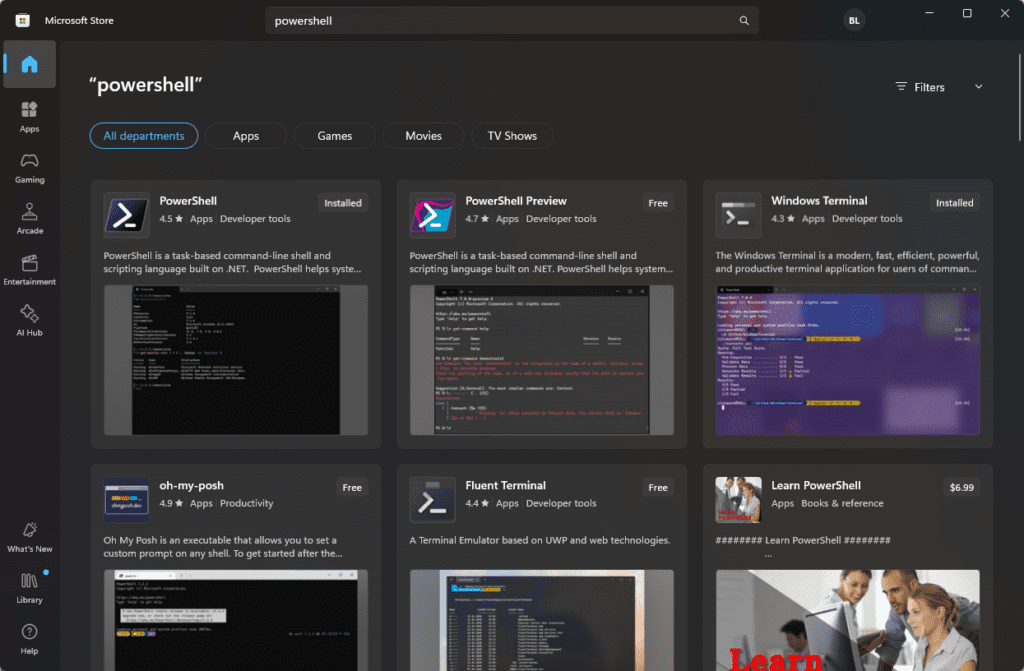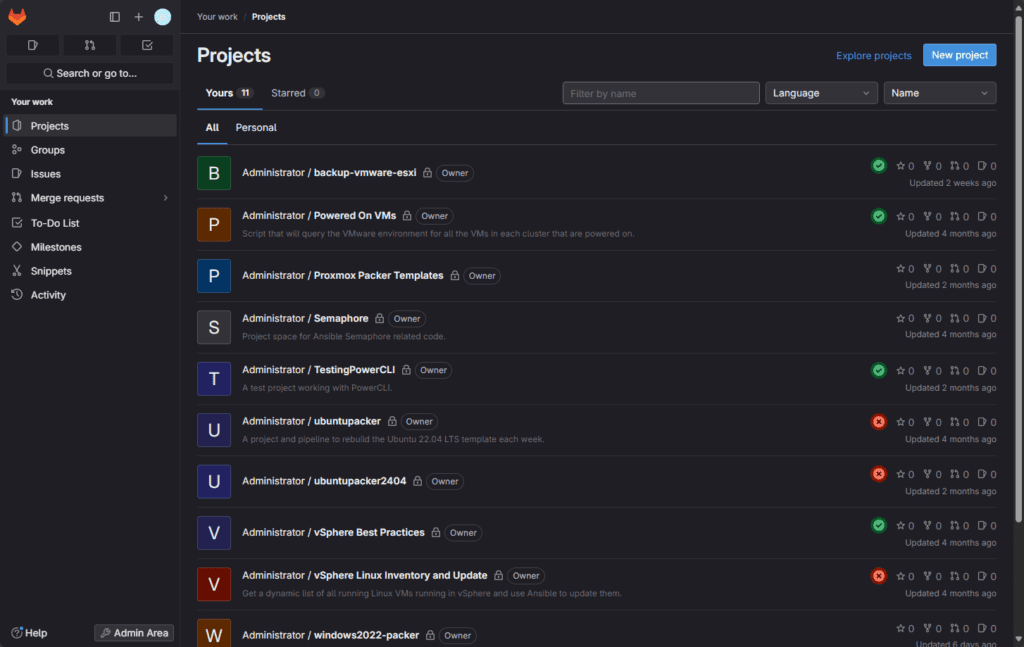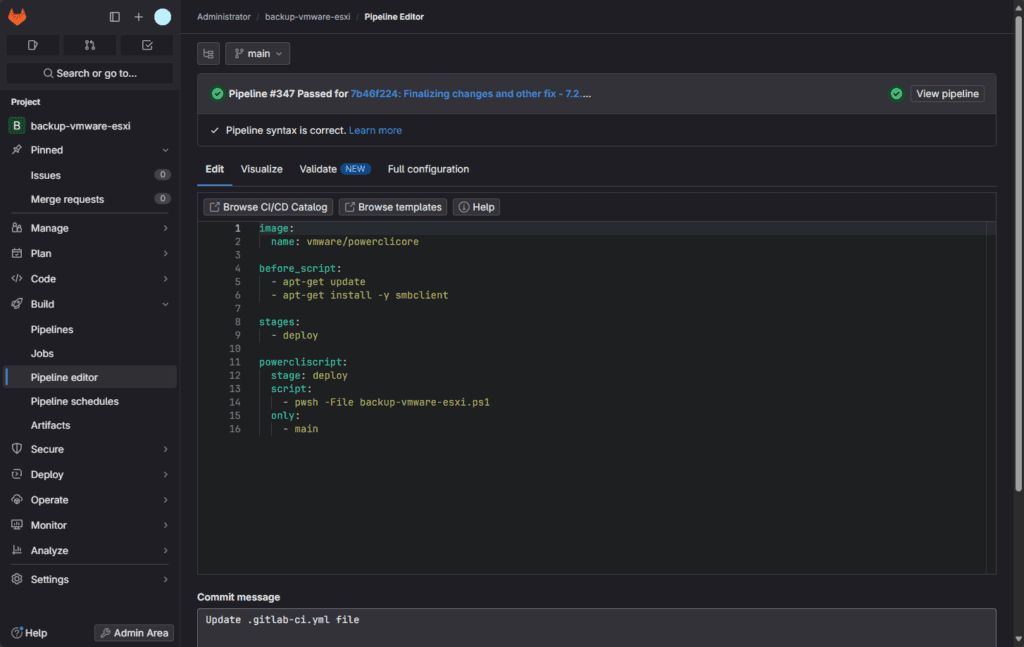There are many great DevOps Automation tools available for use that allow DevOps engineers and IT Ops to automate and make the most of their automation toolsets. I would like to share with you guys what I think are the best DevOps automation tools that I use every day and why I feel these are ones know and use.
Why DevOps Automation tools?
You may wonder about the DevOps tools benefit gained from using automation tools in the environment. DevOps automation is great as it allows:
- Consistency – deploy and configure things consistently and in a reproducible way
- Eliminate human error – It helps to eliminate human errors across the board since the automation will deploy and configure things exactly the same every time
- Store your infrastructure as code – provides the benefits of versioning using git version control systems with all the benefits, including versioning, RBAC, CICD, and others.
- Cloud infrastructure components – can be captured as code and deployed using code-based systems, including deploying operating systems, application deployment, performance monitoring, infrastructure monitoring, and other tasks for software developers.
These DevOps tools and scripting languages, in most cases, are below programming languages and are a little more human-readable than some of the other languages.
1. Terraform
Terraform is one of the popular DevOps automation tools that has helped to spark the DevOps movement and Infrastructure as Code. While there is a lot of flux across the industry right now with Terraform, since IBM has bought Hashicorp and many are experimenting with OpenTofu (a fork of Terraform), I think Terraform is still the gold standard when it comes to IaC.
It allows you to define infrastructure using a high-level configuration language called Hashicorp Configuration Language (HCL). Teams can manage cloud infrastructure resources across many different providers like AWS, Google Cloud, and Azure using Terraform. You can also record your on-premises infrastructure in Terraform code as well for environments like VMware vSphere.
Terraform features
Note the following stand-out features of Terraform as part of your DevOps automation tools shortlist.
- Infrastructure as Code (IaC): It enables defining infrastructure as code. This makes it easy to have version control and reuse your code.
- Multi-Cloud Support: There are “providers” for most if not all cloud providers that organizations are using today. This means you can use the same tool across many different cloud providers.
- State Management: It keeps up with resources in a state file. This makes sure infrastructure matches the desired state.
- Dependency Management also verifies and handles dependencies between resources and ensures that the infrastructure orders operations properly.
Pros and Cons of Terraform
Pros:
- It supports multiple cloud platforms
- It simplifies infrastructure management
- It enables version control of infrastructure management
- Reduces manual errors
Cons:
- It may have a steeper learning curve for beginners
- Limited support for certain one-off services
Learn more about and download Terraform here: Terraform by HashiCorp.
2. Packer
Packer is another Devops automation tool that allows IT Ops and admins to build and create machine images for multiple platforms. I use Packer extensively to build out VMware vSphere templates for both Windows and Linux VMs. Packer can be scheduled to build a new VM image as part of the development process.
It’s a must-have tool for consistent and automated image creation, helping ensure that the development and production environments are identical.
Packer features
- Multi-Provider Support: Can create images for AWS, Azure, Google Cloud, VMware, and more.
- Template-Driven: Uses templates to define image configurations, promoting consistency.
- Integration Capabilities: Works seamlessly with other tools like Terraform, Ansible, and Jenkins.
- Parallel Builds: Can create images for multiple platforms simultaneously, saving time.
Pros and Cons of Packer
Pros:
- Keep templates consistent across environments
- Keep your templates updated using automation tools
- Supports a wide range of platforms
- Integrates well with other DevOps tools
Cons:
- There are a lot of examples with the old JSON file format, now it has moved to HCL format
- May have challenges with templates ran from CICD containers as VMs being created have to connect to web port
Learn more about Packer and download it here: Packer by HashiCorp.
3. Ansible
Ansible, developed by Red Hat, is a configuration management tool that is well known across the industry as a great devops tool for automating your configurations application deployments, and task automation.
Its agentless so it greatly simplifies config management since you don’t have agents to worry about with lifecycle management. It has a fairly straightforward YAML-based configuration file structure which makes it popular among DevOps teams.
Ansible features
- Agentless Architecture: No lifecycle management of agents on target machines.
- YAML-Based Playbooks: Easy-to-read and write configurations using YAML (or as easy as YAML is to write)
- Wide Range of Modules: Lots of modules for managing various services and applications
- Integration with CI/CD: Integrates well with continuous integration and continuous delivery (CI/CD) pipelines.
Pros and Cons of Ansible
Pros:
- Easy to learn and use
- Agentless design
- Large module library
- Strong community support
Cons:
- Performance can degrade with large inventories
- Limited GUI options compared to other solutions
Learn more about and download Ansible here: Red Hat Ansible Automation Platform Download | Red Hat Developer.
4. PowerShell
PowerShell is one of the most powerful scripting languages you can use today. It started off in Windows as the replacement shell for the traditional command shell and has greatly evolved since the early days. Now, Windows PowerShell is the option included for Windows systems. PowerShell Core is the newer PowerShell variant that is cross-platform.
You can run it on Windows, macOS, and Linux so it is truly a scripting language that transcends the barriers of Windows environments only. Due to these facts, it has become an extremely popular scripting language for DevOps teams as part of their devops automation tools.
You can easily pull down PowerShell now from the Microsoft Store on Windows devices. So, it is no longer needed to perform standalone installations. This makes things much nicer for updates and keeping your PowerShell installation patched, etc.
PowerShell features
- Cross-Platform Support: Now cross-platform as it works on Windows, macOS, and Linux.
- Extensible Scripting Language: Scripting capabilities and has many modules and other integrations. Most vendors and solutions have a PowerShell module
- Integration with Windows Systems: Integrates with Windows Server and other Microsoft products.
- Object-Oriented: Uses objects for output which can be used for further processing and data use
Pros and Cons of PowerShell
Pros:
- Deep integration with Windows ecosystem
- Powerful scripting and automation capabilities
- Cross-platform support
- Strong support from Microsoft
Cons:
- Steeper learning curve for those unfamiliar with scripting
- Can be overkill for simple tasks
Learn more about and download PowerShell here: GitHub – PowerShell/PowerShell: PowerShell for every system!.
5. GitLab
GitLab is a continuous integration and continuous deployment solution and code repository. It allows teams to have version control systems and perform infrastructure automation with CI/CD pipelines. Development teams can manage the entire development lifecycle from a single software interface.
Below is a look at the dashboard of my GitLab server running in the home lab environment.
A simple pipeline to run a backup script for backing up ESXi firmware configurations.
GitLab features
- Integrated CI/CD: Built-in CI/CD pipelines for automating testing and deployment.
- Version Control System: Robust version control with Git.
- Collaboration Tools: Supports team collaboration with merge requests, code reviews, and issue tracking.
- Scalability: Suitable for small teams to large enterprises.
GitLab pros and cons
Pros:
- Comprehensive toolset for DevOps
- Strong CI/CD capabilities
- Excellent collaboration features
- Flexible deployment options (cloud or self-hosted)
Cons:
- Can be resource-intensive
- Complex setup for self-hosted installations
Learn more about and download GitLab here: Download and install GitLab | GitLab.
Where is the best place to start?
I think the home lab is a great place to start learning DevOps. A few years ago I had no idea about DevOps and how to get started. However, by playing around with solutions and services in the home lab environment, I was able to acquire skills in this realm.
Start simple by doing things like getting to know Terraform and Packer. There are a lot of great examples out there on how to use these tools to do things like cloning virtual machines, and building templates in VMware vSphere and Proxmox.
Wrapping up
DevOps automation tools are a great way to get into DevOps and learn how to script out environments and automate configuration of infrastructure and applications. The 5 DevOps automation tools I listed are great ones to start out with in your journey of learning DevOps.
You will be surprised at just how quickly you can pick up the skills needed to work with things like Terraform, Packer, GitLab, PowerShell, and others. Building out a simple home lab environment is a great way to gain hands on experience by having a hypervisor server to run a few resources that you can play around with without affecting production environments.
In production environments, development and operations teams can use DevOps tools to version control systems and bring infrastructure management into a part of the software development lifecycle. These take the human error equation out of automating repetitive tasks and making sure these are carried out exactly the same way each time. Let me know in the comments what DevOps automation tools you are using. These are by no means the only tools to consider, but are definitely ones that I think will get you well on your way to growing into a more DevOps role in your organization.\
